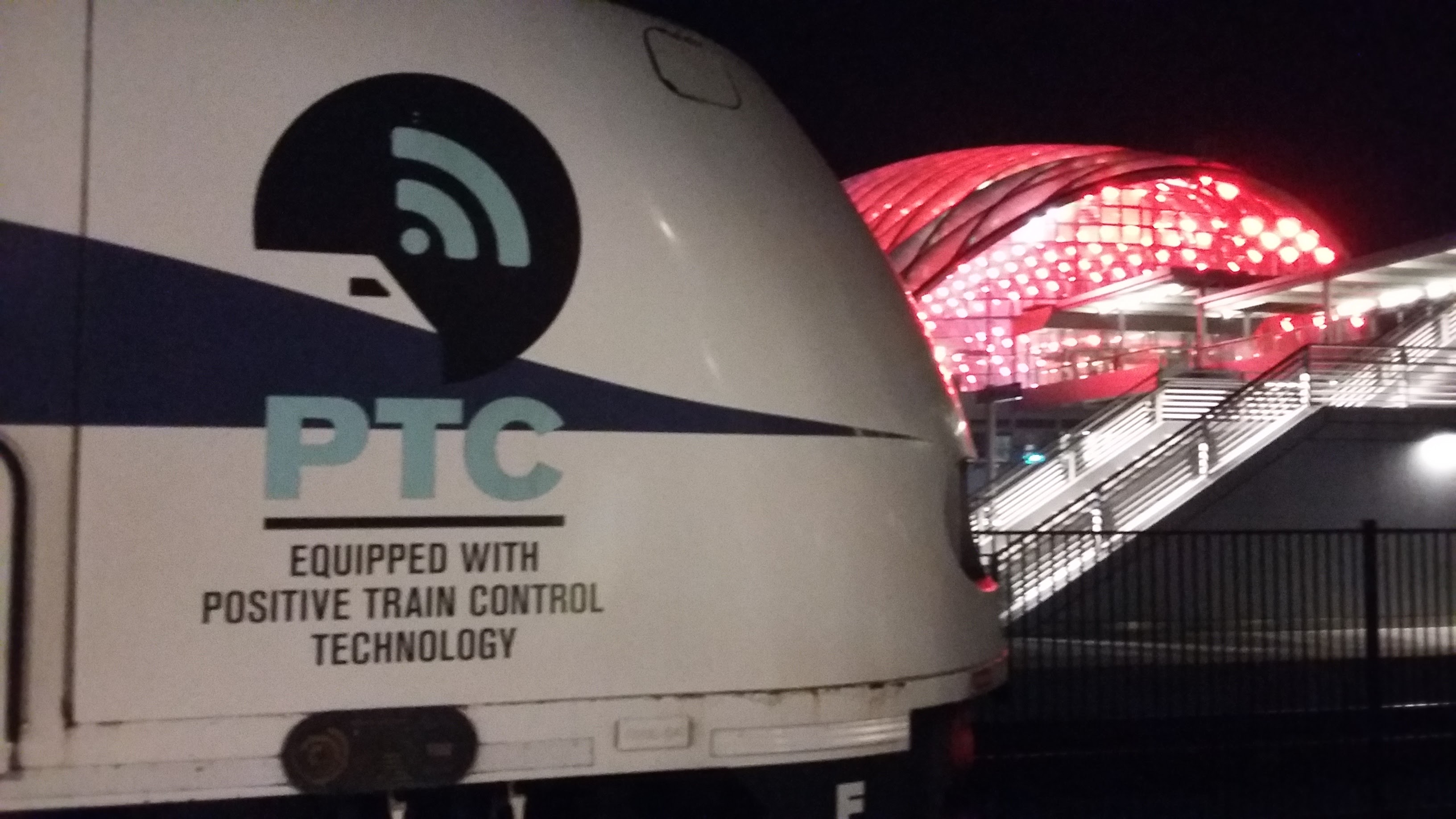Will the latest train accident push Positive Train Control into operation sooner
 If Positive Train Control (PTC) was functioning, the recent fatal train accident between a New York – Miami Amtrack and CSX freight train in South Carolina wouldn’t have occurred. PTC uses satellite technology and track sensors to determine the location of a train and to find out if there is a speed restriction or an obstruction ahead.
If Positive Train Control (PTC) was functioning, the recent fatal train accident between a New York – Miami Amtrack and CSX freight train in South Carolina wouldn’t have occurred. PTC uses satellite technology and track sensors to determine the location of a train and to find out if there is a speed restriction or an obstruction ahead.
Unfortunately wayside signals had been turned off for maintenance and were inoperative in the area of the accident . If they had been working PTC would have automatically slowed down the train and the accident may have been prevented.
PTC would have also prevented the derailment of the Amtrack train in Dupont, Washington last December. In the December accident, the train enginer failed to slow down before a curve causing the train to derail. This type of accident would not happen anymore if PTC was installed and functioning on all national railroads.
MOST AMTRACK TRAINS ARE EQUIPED WITH PTC
Positive Train Control Technology has been recommended for decades by the National Transportation Safety Board. In 2008 the Congress mandated that PTC be installed by 2015 on critical sections of tracks. However installation is far behind schedule in most cases. Amtrack is indeed among the railroad companies that are the most advanced in the installation and has almost completed its installation. On the opposite side, New Jersey Transit only completed 7% of the installation.
PTC is extremely complex to implement. Each locomotive must be equipped with the technology. Thousands of waysides signals have to be installed on track sides. Communication towers have to be erected and a whole computer system has to be deployed for the system to work. Each railroad company is facing different challenges in the installation. Despite these challenges however PTC not only can prevent dangerous accidents but also it can be used to make trains more efficient by allowing trains to operate closer together and speed arrival. A study showed that railroads could save between $900 million and $2 billion a year with PTC but most railroad companies have ignored the business benefits and continue to drag their feet.
On the other side PTC is extremely complex and maybe some new easier technology might be more appropriate.
Read more in the Claims Journal
Picture: courtesy of Wikimedia
 New York Personal Injury Attorneys Blog
New York Personal Injury Attorneys Blog


